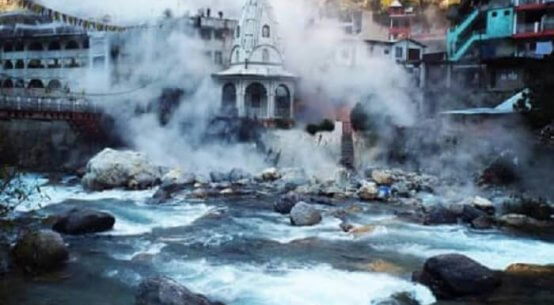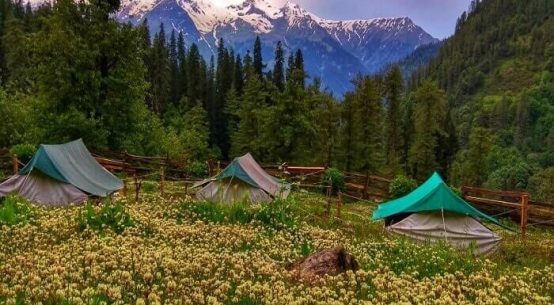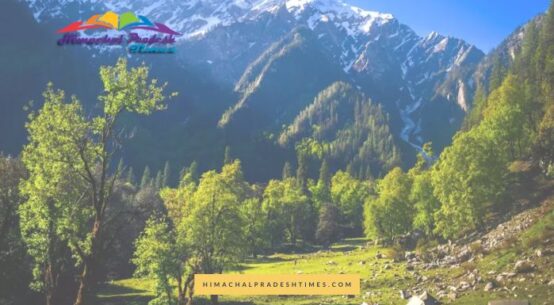Baba Budan Hills is a geographical wonder that falls in the Chikkamagaluru district of Karnataka. It lies atop the Western Ghats. The height is wonderful, commanding the pleasing view of lush green hills and dynamic plantations. Besides the natural beauty, it has its history connected with the revered Sufi saint, Baba Budan, who is believed to have introduced coffee into India. This cocktail of nature and history etches the veins of Baba Budangiri with its ancient temples and cultural traditions. Here we are discovering the hidden treasures of Baba Budan hills.
Is Baba Budangiri’s Legend Reality or Myth?
Baba Budan Giri has many fables associated with it as some Sufi saint who introduced coffee into this country. The stories of his voyages through these misty peaks have been handed down through generations.
In the landscape of Baba Budangiri, myth and reality are built into its fold. The legend keeps alive the tell and tale of this part of the earth as an invariable piece of culture. Our tour itself is a dance between storytelling and history that opens up the mind toward the riddle that lay unsuspecting in the history of Baba Budangiri. Immerse with us as we go more deeply into its history and explore the saint’s legacy and the birth of coffee in the sacred lands.
Baba Budangiri’s Architectural Wonders: Historical Sites and Temples
The most incredibly astonishing thing about the Baba Budan Hills is the contribution it has made to the history of growing coffee in India. It derives its name from Baba Budan, a 17th-century Sufi saint said to have introduced coffee to the Indian subcontinent. Local legend goes that during one of his pilgrimages to Mecca, he smuggled back seven coffee beans from Yemen. Today’s hills that bear his name were planted with these beans, thus beginning India’s coffee culture.
Well, today, people know the place called Chikmagalur for its coffee plantations. It therefore nurtures, within its heritage, the legacy of Baba Budan Hills. The climate and the soil of these hills are just ideal for raising high-quality coffee plants. Tourists pay visits to the coffee plantations situated inside the Baba Budan hills. A visit to the coffee plantations here is overall a very enjoyable experience. Here, one gets to know about the process of growing coffee plants, and freshly brewed coffee can be tasted.
Historical Sites and Temples: Baba Budangiri’s Architectural Wonders
Besides its reputation for coffee, several historical monuments and ancient temples sprinkle the Baba Budan hills. These temples speak volumes of the architectural splendour of the place. The most prominent among them is the Dattatreya Peetha-a cave shrine that ranks as an important place of pilgrimage for both Hindus and Muslims. The cave houses a shrine of Guru Dattatreya, a major Hindu deity, as well as the ‘dargah’ or tomb of Baba Budan; it therefore also symbolises harmony between religions.
Then, there is the architectural wonder of Honnammanahalla Temple: a few-century-old temple built for the local presiding deity Honnamma. The small forests and unpolluted streams add to the quiet atmosphere that the visitors get here in search of peace and spirituality at this temple. These carvings, typical South Indian architecture, and ancient inscriptions speak a lot about the rich cultural history that exists here.
A Spiritual Journey Amid Nature: Baba Budangiri as a Pilgrimage Site
Besides its reputation for coffee, several historical monuments and ancient temples that speak volumes of architectural splendour sprinkle the Baba Budan hills. The most prominent among them is the Dattatreya Peetha-a cave shrine that ranks as an important place of pilgrimage for both Hindus and Muslims. The cave houses a shrine of Guru Dattatreya, a major Hindu deity, as well as the ‘dargah’ or tomb of Baba Budan; it therefore also symbolizes harmony between religions.
Then, there is the architectural wonder of Honnammanahalla Temple: a few-century-old temple built for the local presiding deity Honnamma. The small forests and unpolluted streams add to the quiet atmosphere that the visitors get here in search of peace and spirituality at this temple. These carvings, typical South Indian architecture, and ancient inscriptions speak a lot about the rich cultural history that exists here.
Historical Occurrences and Their Impacts: Baba Budangiri’s Chronological Journey
The Baba Budan Hills stand witness to much of the vicissitudes of history and influences that define and shape its cultural identity the spread of coffee cultivation in the 17th century, to being one of the major pilgrimage sites, a melting pot of diverse traditions and stories.
In the British colonial era, it became a place of coffee production, with European settlers playing an important role in establishing the coffee estates in the Baba Budan hills. Besides adding to the economic development of the region, this area got a premium place in India’s agricultural history.
Culinary Exploration: Smelling Baba Budangiri’s Flavours
Coffee grown in this area boasts a great taste and fragrance, and people visiting here get a chance to have some of the finest brews in the country. The local cafes and coffee houses serve freshly ground coffee, displaying the essence of the Baba Budan hills.
Besides coffee, this region also has typical South Indian cuisine. Dosa, idli, vada with coconut chutney, and spicy sambar are a few popular cuisines offered to tourists. Tourist visitors can try some of the many traditional cuisines peculiar to the Chikmagalur region, like Akki Rotti, rice bread, and traditional curries prepared from spices grown there.
What to See in Baba Budan Hills: Attractions
Among the various places of interest that are must-see within the Baba Budan hills are those that personify the beauty and richness of the place’s culture. The following are some of the hot destinations:
Mullayanagiri Peak: This is the highest peak in Karnataka, with panoramic views across the Western Ghats. It is the favourite place of trekkers and nature lovers.
Manikyadhara Waterfalls: The waterfalls, situated adjacent to Baba Budangiri, are such a wonder, nature worthwhile. The native people consider the waterfall sacred.
Dattatreya Peetha: Dattatreya Peetha is considered the place of pilgrimage for Hindus and Muslims, with major pilgrimages placing Datta among the cave shrines for prayer and seeking blessings.
Engaging Activities:
Bird Watching: The Western Ghats are renowned for their rich biodiversity. The Baba Budan hills are home to several birds belonging to different species, including endemic species.
Photography: Scenic landscapes, coffee estates, and historical sites offer great opportunities for photography. The hills look particularly striking at the time of sunrise and sunset.
Coffee Tasting: Go to the local estates growing coffee and get a first-hand experience of a session on coffee tasting with its rich flavours amidst a cup of freshly brewed coffee.
Conclusion
The Baba Budan hills nestle right in the heart of Karnataka with a blend of history, spirituality, and nature. These hills offer a treasure trove just waiting to be unearthed, from ancient temples and pilgrimage sites to the history of coffee cultivation. Be it nature, history, or spirituality; all find something to offer in Baba Budan Hills. Plan a tour of this place of enchantment and unravel the rich heritage combined with a landscape that rightly can be termed breathtaking: Baba Budangiri.



